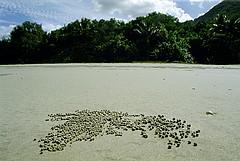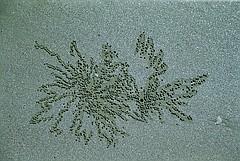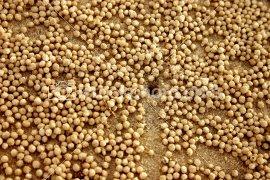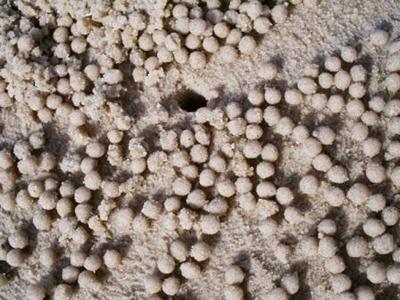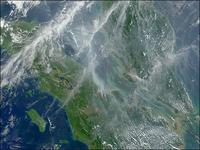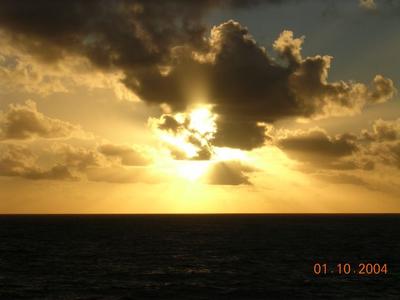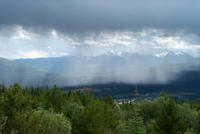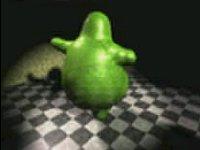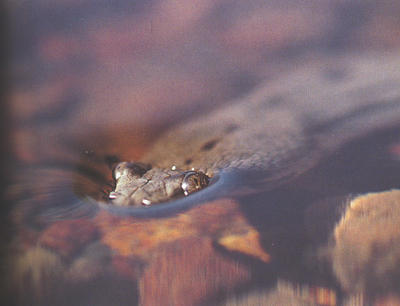 I saw a really bright star the other night. My dad, being my very handy know-it-all person, I asked him 'what star is that?'.
I saw a really bright star the other night. My dad, being my very handy know-it-all person, I asked him 'what star is that?'.'That's not a star! That's Venus.'
And, ooh, I guess I learned something new that night -stars twinkle, planets don't.
This would be because the distance of stars are so great that the starlight is treated as a point source, and is displaced by the many layers of the earth's atmosphere, as it travels through it. The light of the stars are bent, moving in random directions, thus causing the stars to twinkle.
Stars nearer the horizon appear to twinkle more because these the light of these stars need to travel through even more layers of air compared to the stars right above you. I suppose I needn't tell you that if you were in outer space, the stars wouldn't twinkle.
Planets on the other hand, because they are so near to the earth (compared to the stars), hardly ever twinkle, save for extremely turbulent air.
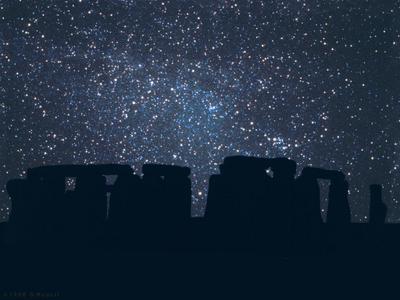
The Night Sky with Stonehenge


